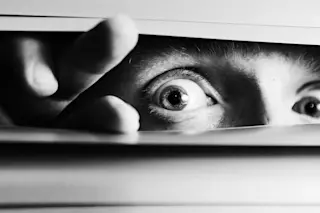Kurt, like many patients brought to the psychiatric emergency room, arrived at the hospital in handcuffs.
“We’ve got a streaker,” said the triage nurse. On a cold December evening, something sent this 37-year-old man running naked through the streets.
Kurt had argued with the staff at the rental office in his apartment complex. When they threatened to evict him if he didn’t start paying his overdue rent, Kurt called the police. Then, deciding that the voice on the phone was actually a police impersonator, he stripped off his clothes and began sprinting to the nearest station. Two officers picked him up and brought him to our hospital.
This wasn’t an unusual tale. In a decade of my training and working as a psychiatrist, each time I’d encountered this kind of bizarre behavior, the cause had turned out to be one of three things: a manic phase of bipolar disorder, a ...














